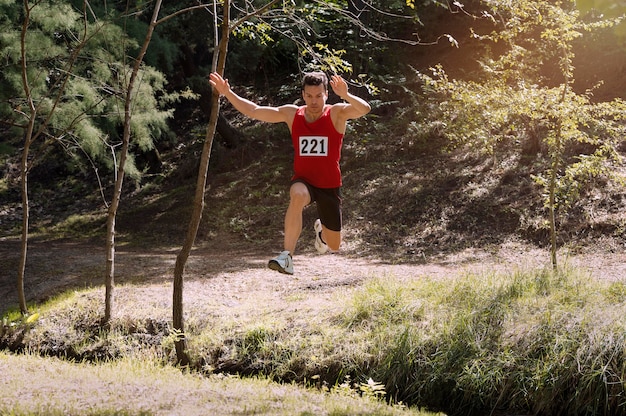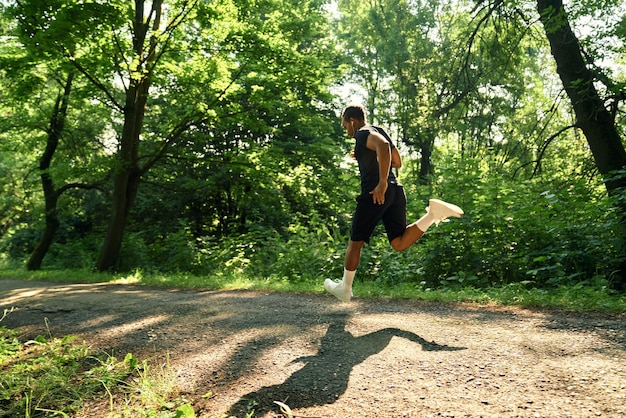As we age, staying active becomes more than a habit—it becomes a lifeline to independence, vitality, and mental clarity. Trail running, with its natural terrain and rhythmic movement, offers a powerful way for seniors to maintain strength, balance, and joy. Unlike pavement pounding, trail running engages more muscles, improves coordination, and connects us with nature—key ingredients for graceful aging.
Whether you're a seasoned runner or new to the trails, this guide delivers 21 practical strategies to help you run smarter, recover faster, and stay motivated—no matter your pace.
If you're new to trail running or returning after a break, begin with short, manageable distances. Focus on form and breathing. Aim for consistency over speed or mileage.

Opt for well-maintained, gently sloped trails with minimal obstacles. Avoid technical terrain until you build confidence and stability.
Trail-specific shoes with good grip, cushioning, and ankle support reduce injury risk. Replace them every 300–500 miles.
Spend 5–10 minutes warming up with dynamic stretches. After your run, cool down with walking and static stretches to improve flexibility and recovery.
Incorporate strength training 2–3 times per week. Focus on glutes, quads, hamstrings, and core to improve stability and prevent falls.
Single-leg stands, heel-to-toe walks, and yoga enhance proprioception—critical for navigating uneven terrain.
Dehydration affects performance and recovery. Carry water or plan routes near refill points.
Eat balanced meals rich in protein, healthy fats, fiber, and antioxidants to support muscle repair and joint health.
Pain is a signal. Distinguish between normal fatigue and injury warning signs. Rest when needed.
Use a simple journal or app to log distance, time, how you felt, and trail conditions. Seeing progress boosts motivation.

Social running increases accountability and safety. Plus, it’s more fun!
Alternate walking and running intervals. It builds endurance gently and reduces joint stress.
Recovery is when your body grows stronger. Aim for 1–2 rest or active recovery days per week.
Poles reduce impact on knees, improve balance on descents, and engage upper body muscles.
Weather changes fast on trails. Wear moisture-wicking base layers and carry a lightweight jacket.
Focus on your breath, footfalls, and surroundings. Mindfulness reduces stress and enhances enjoyment.
Whether it’s running a new trail or completing 10 runs in a month, goals keep you focused and proud of progress.
Notice improved sleep, better mood, or climbing hills with ease. These wins matter most.
Consult your healthcare provider before starting or intensifying any exercise program, especially with pre-existing conditions.
Let birdsong, trees, and fresh air rejuvenate your spirit. Nature is a powerful motivator.

At the end of each month, review your journal. What worked? What needs adjusting? Adapt your plan to stay on track.
Aging gracefully isn’t about stopping time—it’s about moving with purpose, joy, and resilience. Trail running offers a unique blend of physical challenge and mental peace, making it an ideal activity for seniors who want to thrive.
By following these 21 tips, you’ll not only protect your body but also enrich your life—one step at a time.

Fitness

Fitness

Fitness

Fitness

Health

Wellness

Health

Fitness

Health

Fitness

Wellness

Wellness

Health

Fitness

Health

Health